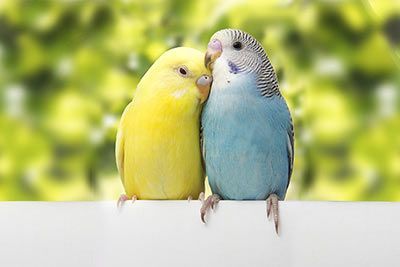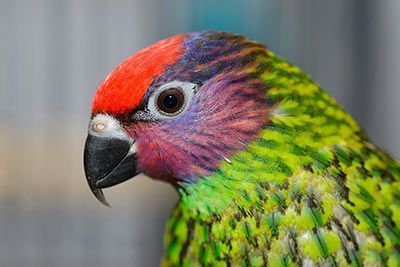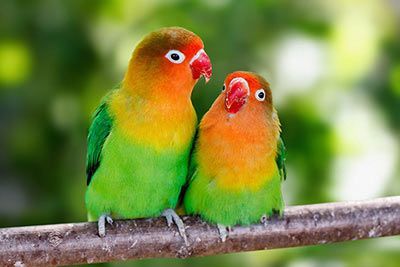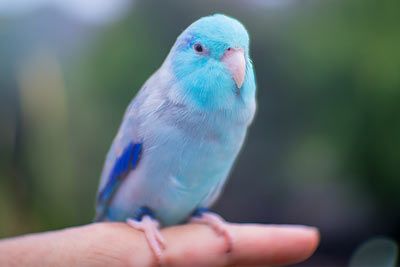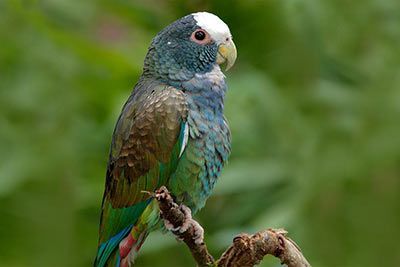Canary
Canary Pet Bird Profile
| Size | 5-5.5 inches (13-14 cm) |
| Origin | Canary Islands, Azores, Madeira |
| Color | Quince, orange, white, red, brown; multi-colored |
| Lifespan | 8-12 years |
| Personality | Lively, trusting, loves to bathe, placid, sociable, curious, happy |
| How to keep them | At least in pairs (one of each gender) |
| Hand-tame bird | |
| Talking bird | |
| Bird Noise |
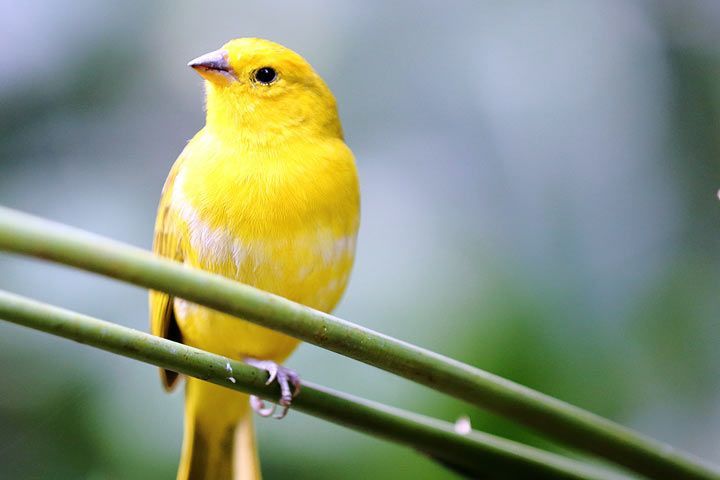
Characteristics
Canaries are known and loved for their lovely singing. Their yellow plumage is their trademark. But they can actually come in many different colors (see below)! It’s possible that two very famous characters have caused most people to think of canaries as yellow: cartoon bird Tweety Pie (that tomcat Silvester hunts) and Woodstock, Snoopy’s bird in Peanuts.
Canary birds are suitable for beginners as they don’t have any unusual special needs. But it is important to know that they don’t like being touched and can't be hand-tamed. You often read that canaries can be kept alone as they don’t flock together in nature. It is true that they only pair up during breeding times, but they’re by no means loners as they create loose groups in the wild. So, they can't be kept alone as pets.
Behavior
Are They Loud?
Canaries like to sing a lot (apart from when they’re molting). When they really go for it, they can make a real din and are significantly louder than budgies. The females are quieter and calmer and also sing less. At the end of the day, it depends on your own sensitivity level.
Do They Talk?
No.
Types
Canaries are bred to bring out certain characteristics and skills. There are three traits that are bred:
1. Song Canaries
Song canaries bred for their singing have particularly lovely voices. They’re even taught to sing at a special school. Their songs can be split up into different parts that each have funny names like “hollow roll”, “Glucke tour” and “deep bubbling water tour”. The canaries also have special names. The song of the “Spanish Timbrado” sounds like church bells, while the “Harz Roller” makes a soft, rolling sound and the “Belgian Waterslager” sounds more percussive.
2. Colorbred Canaries
These canaries aren’t bred for their song, but their colors. There are around 400 different ones! But one of the following three colors can always (!) be found in the plumage: yellow, red or white. Apart from that, anything is possible e.g. onyx, pastel, opal, cobalt, topaz or agate. You can even find red birds with white wings or plumage that looks like a mosaic. You can even find piebald and gray canaries, although these are colors usually used for horses.
3. Type Canaries
These canaries are known as “posture canaries” in Europe. This refers to their body type and the bird’s overall look (apart from their color). The “Harlequin”, for example, has a three-cornered hat on its head, while the “Gloster Fancy” has a kind of shaggy appearance that makes it look like it’s been electrocuted.
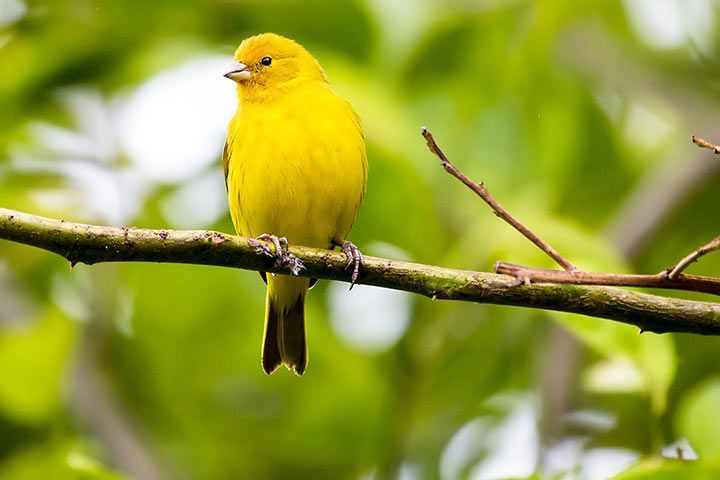
How to Keep Them
Cage size: at least 40 x 20 x 20 inches (100 x 50 x 50 cm) (W x H x D) for two animals
Canaries need a cage that’s around as wide as it is high. Birds generally don’t fly straight up like helicopters, after all - they fly horizontally like airplanes :) These animals need several hours a day to fly around, love toys, like bath-time and love sitting on wooden perches.
Fun Facts
Miners used to take canaries into coal mines with them. If they stopped tweeting, it was a warning sign that there wasn’t enough oxygen in the air and the miners should quickly make their way back outside.
The canary originates from the Canary Islands, Madeira and the Azores.



